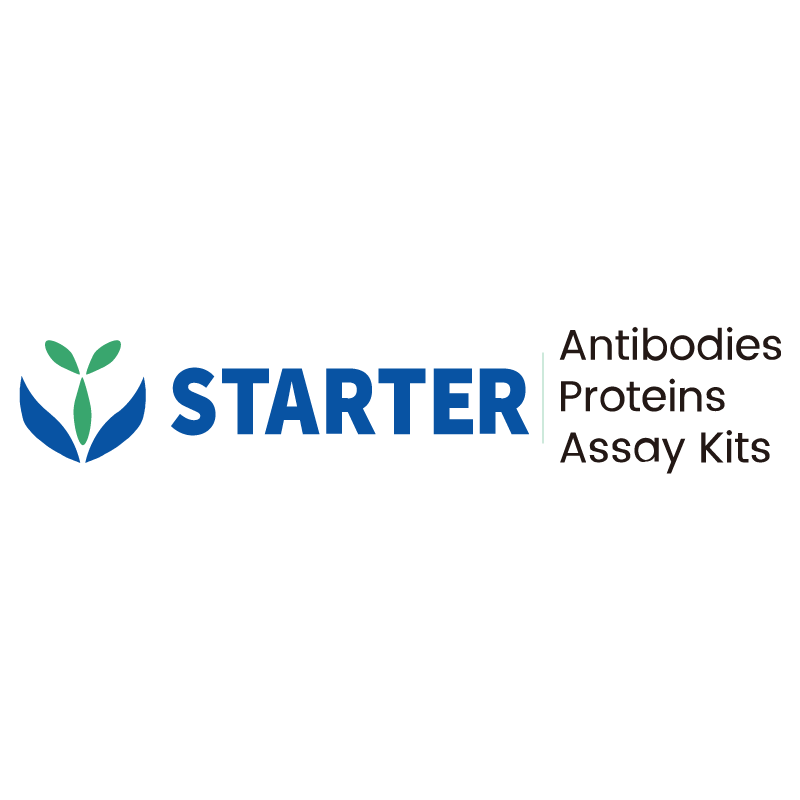Flow cytometric analysis of Mouse CD146 expression on C57BL/6 mouse splenocytes. C57BL/6 mouse splenocytes were stained with Alexa Fluor® 647 Rat Anti-Mouse NK1.1 Antibody and either FITC Rat IgG2a, κ Isotype Control (Left panel) or FITC Rat Anti-Mouse CD146 Antibody (Right panel) at 5 μl/test. Flow cytometry and data analysis were performed using BD FACSymphony™ A1 and FlowJo™ software.
Product Details
Product Details
Product Specification
| Host | Rat |
| Antigen | CD146 |
| Synonyms | Cell surface glycoprotein MUC18; Gicerin; Melanoma cell adhesion molecule; Melanoma-associated antigen MUC18; Muc18; Mcam |
| Location | Membrane |
| Accession | Q8R2Y2 |
| Clone Number | S-R606 |
| Antibody Type | Rat mAb |
| Isotype | IgG2a,k |
| Application | FCM |
| Reactivity | Ms |
| Positive Sample | C57BL/6 mouse splenocytes |
| Purification | Protein G |
| Concentration | 0.2 mg/ml |
| Conjugation | FITC |
| Physical Appearance | Liquid |
| Storage Buffer | PBS, 1% BSA, 0.3% Proclin 300 |
| Stability & Storage | 12 months from date of receipt / reconstitution, 2 to 8 °C as supplied |
Dilution
| application | dilution | species |
| FCM | 5μl per million cells in 100μl volume | Ms |
Background
CD146, also known as melanoma cell adhesion molecule (MCAM), hemopoietic cell adhesion molecule (HEMCAM), MUC18, S-Endo1, or A32 antigen, is a highly glycosylated type I transmembrane protein and a member of the immunoglobulin superfamily. It is primarily expressed on endothelial cells and plays a crucial role in cell adhesion, migration, and proliferation. CD146 is involved in various physiological processes, such as embryonic development and tissue maintenance, and its abnormal expression is associated with diseases like cancer and inflammatory disorders. It can act as a receptor for several ligands, including laminin 421, galectin-3, and S100A8/A9, and is also a co-receptor for pro-angiogenic factor receptors like VEGFR2 and PDGFR-β.
Picture
Picture
FC


